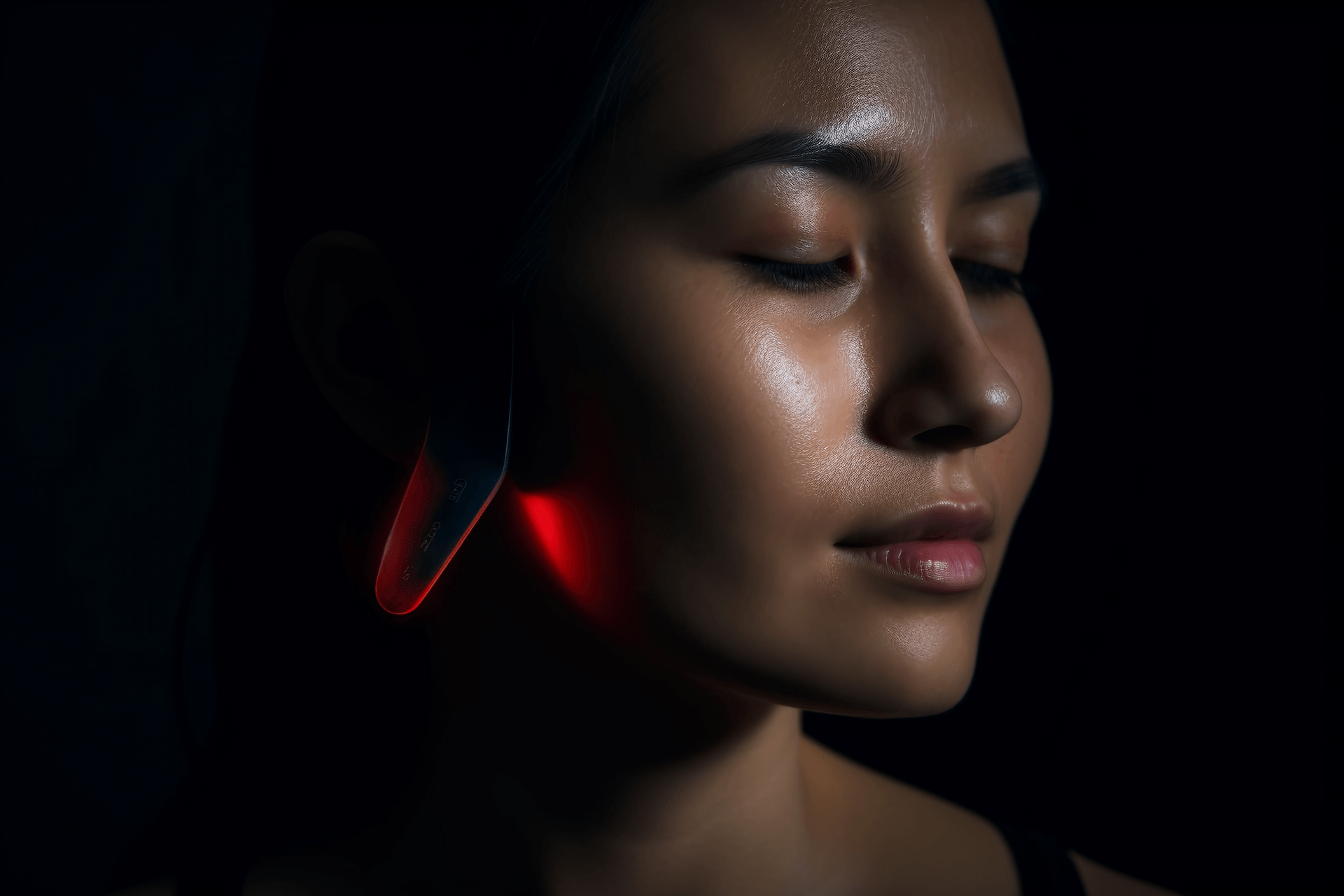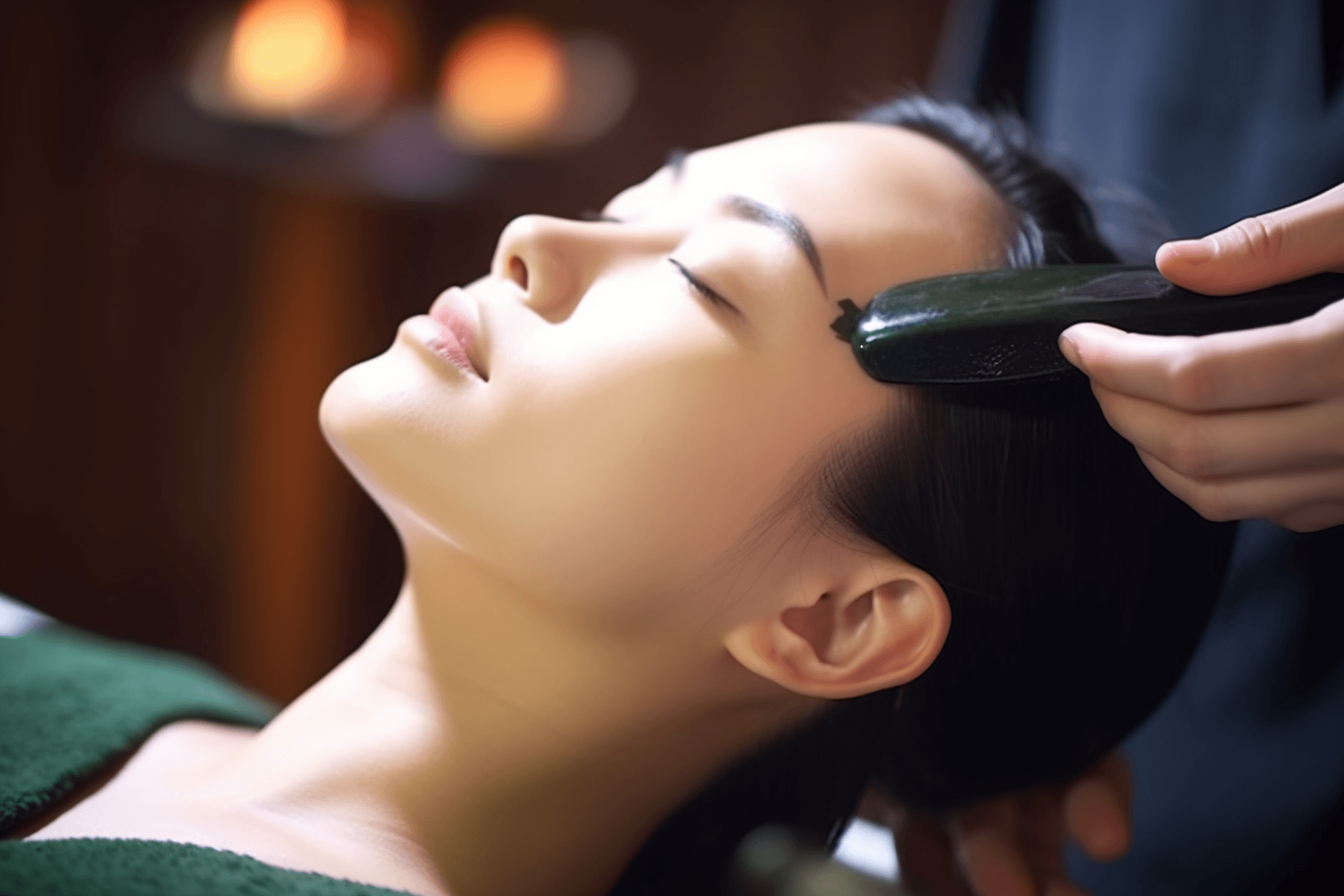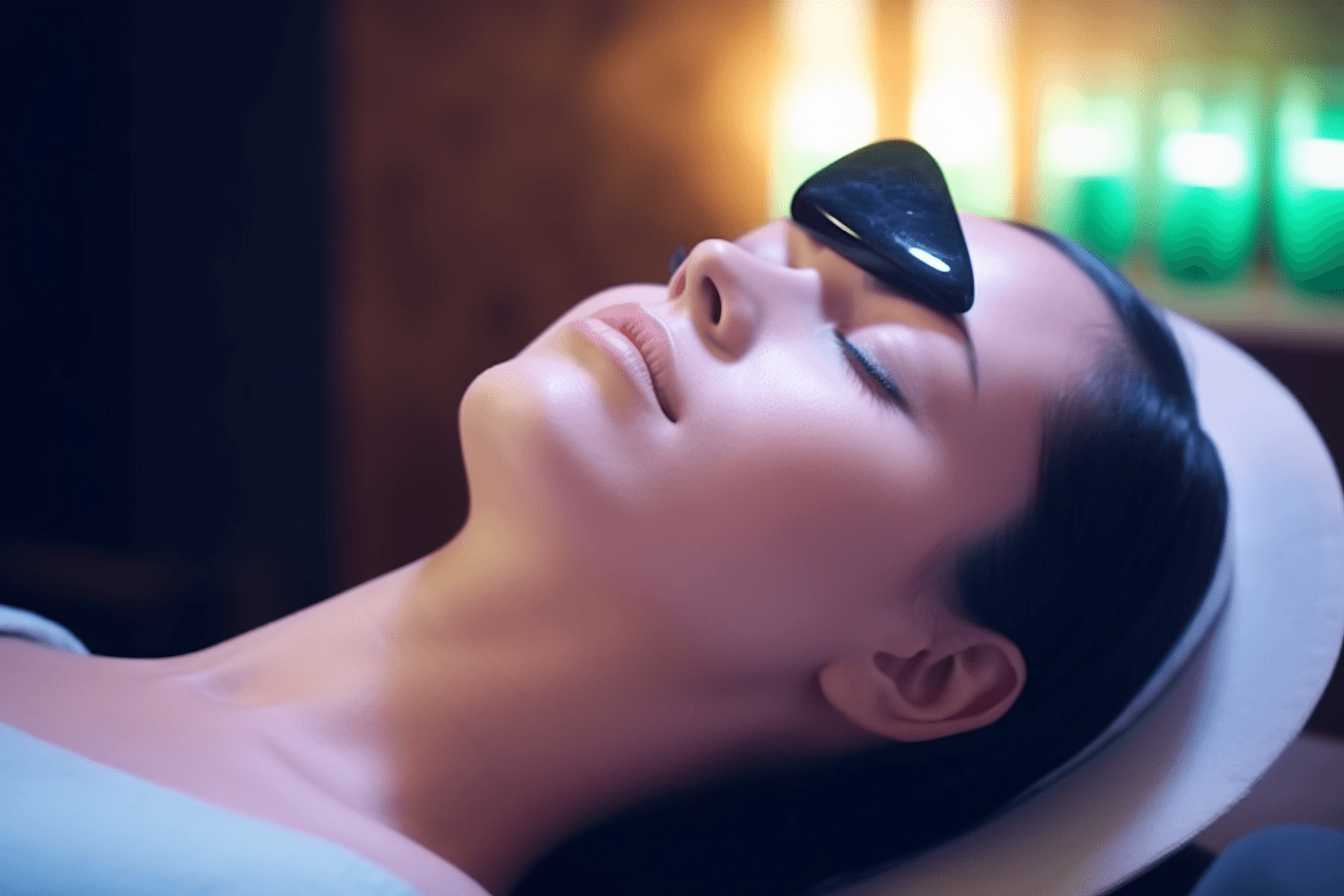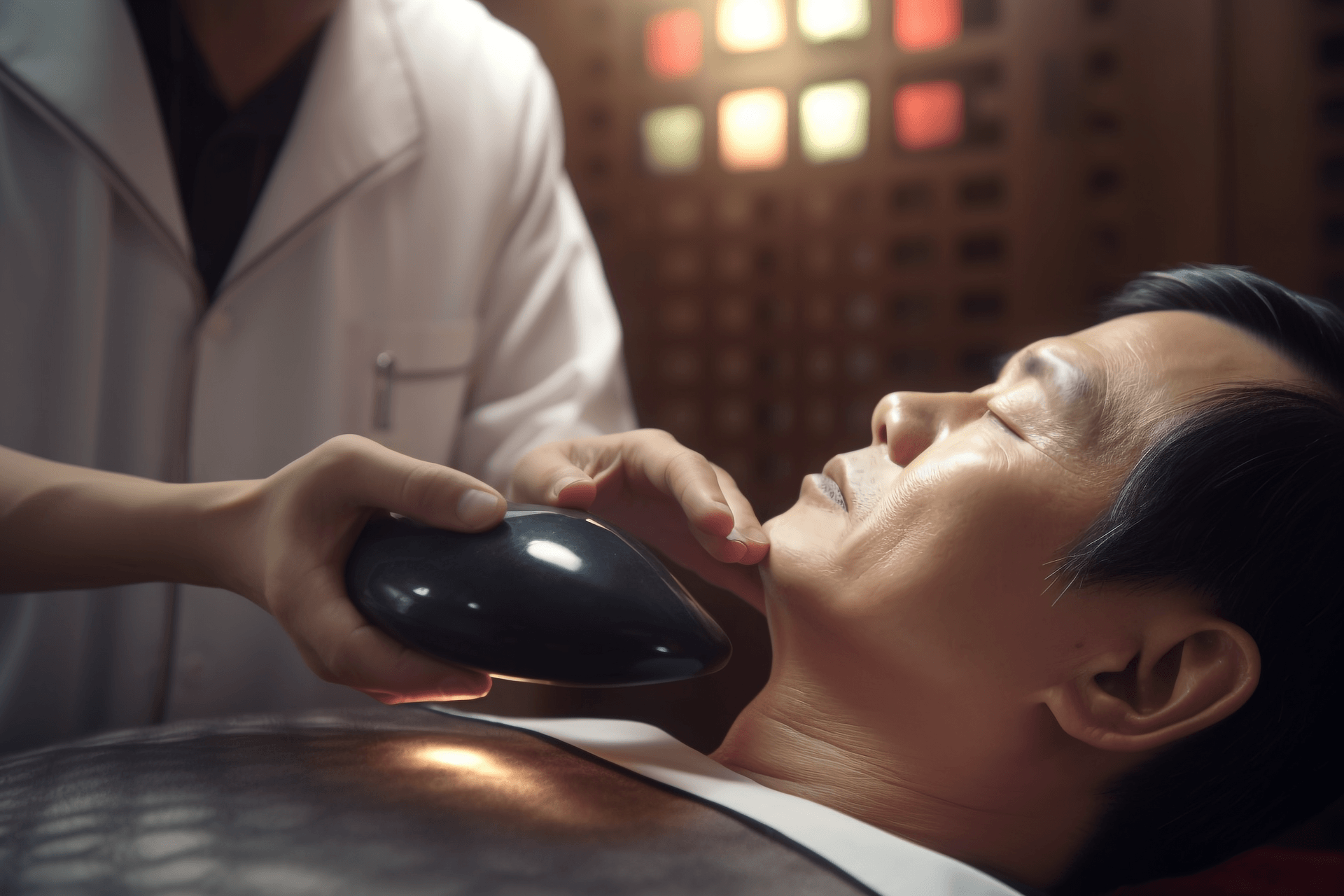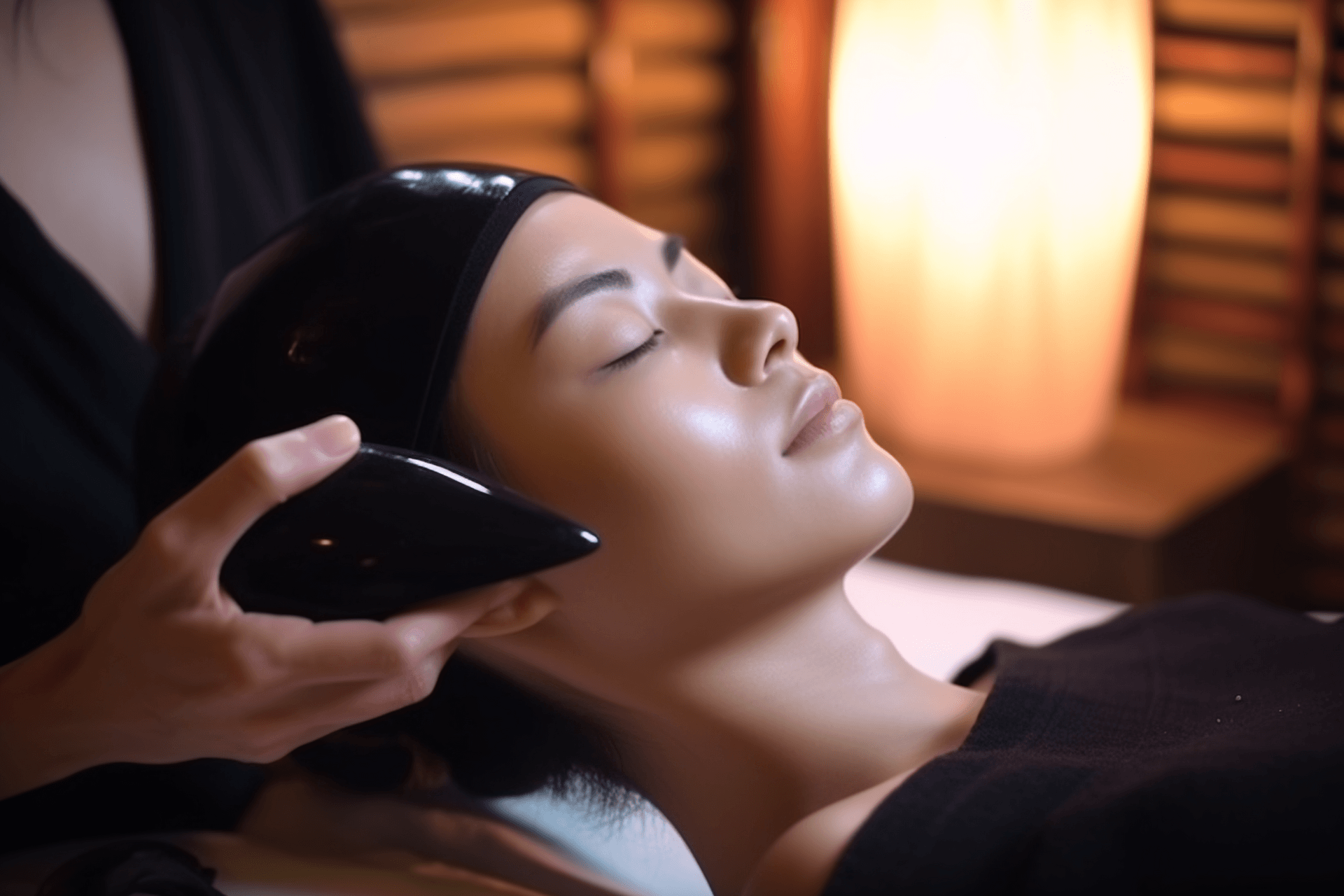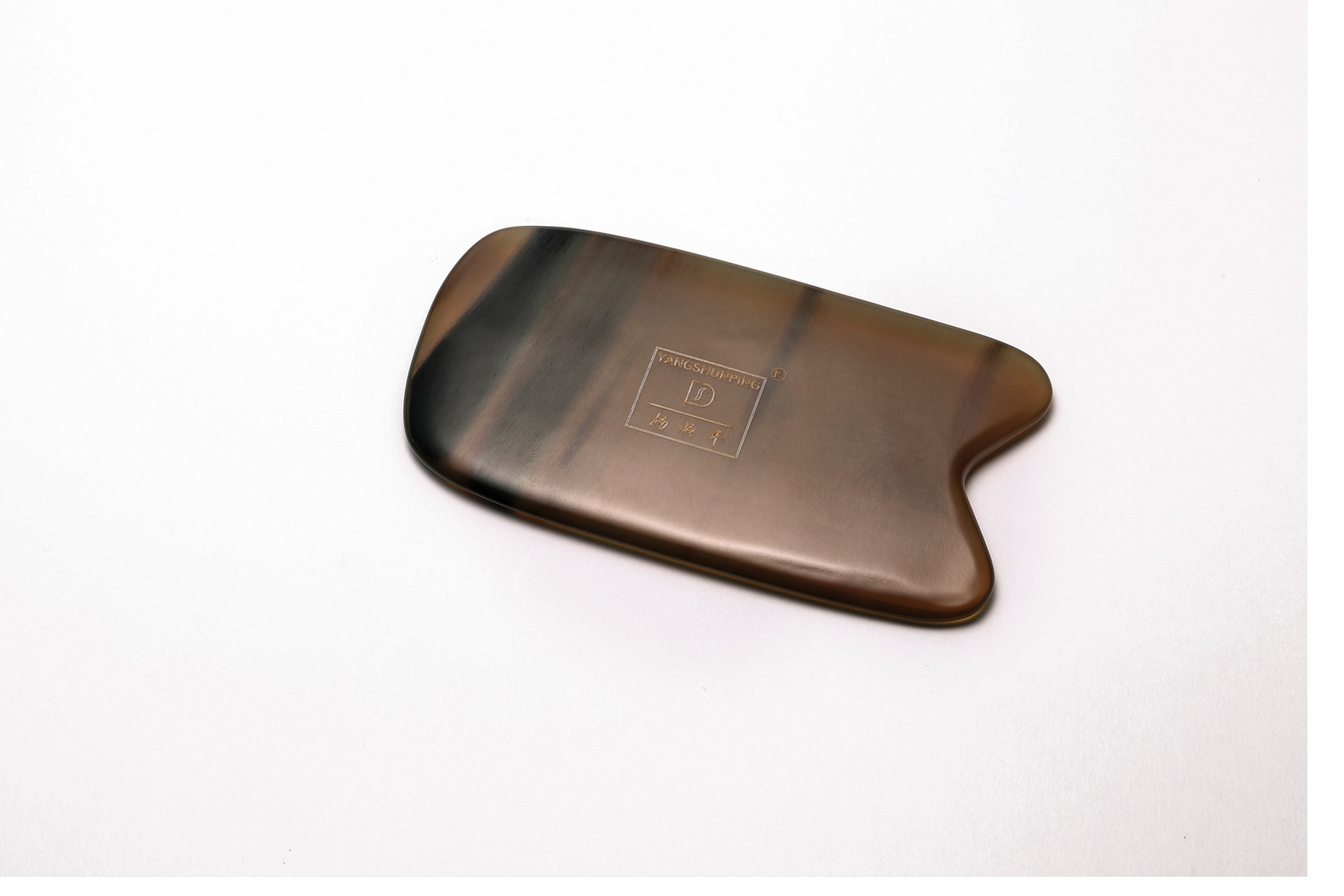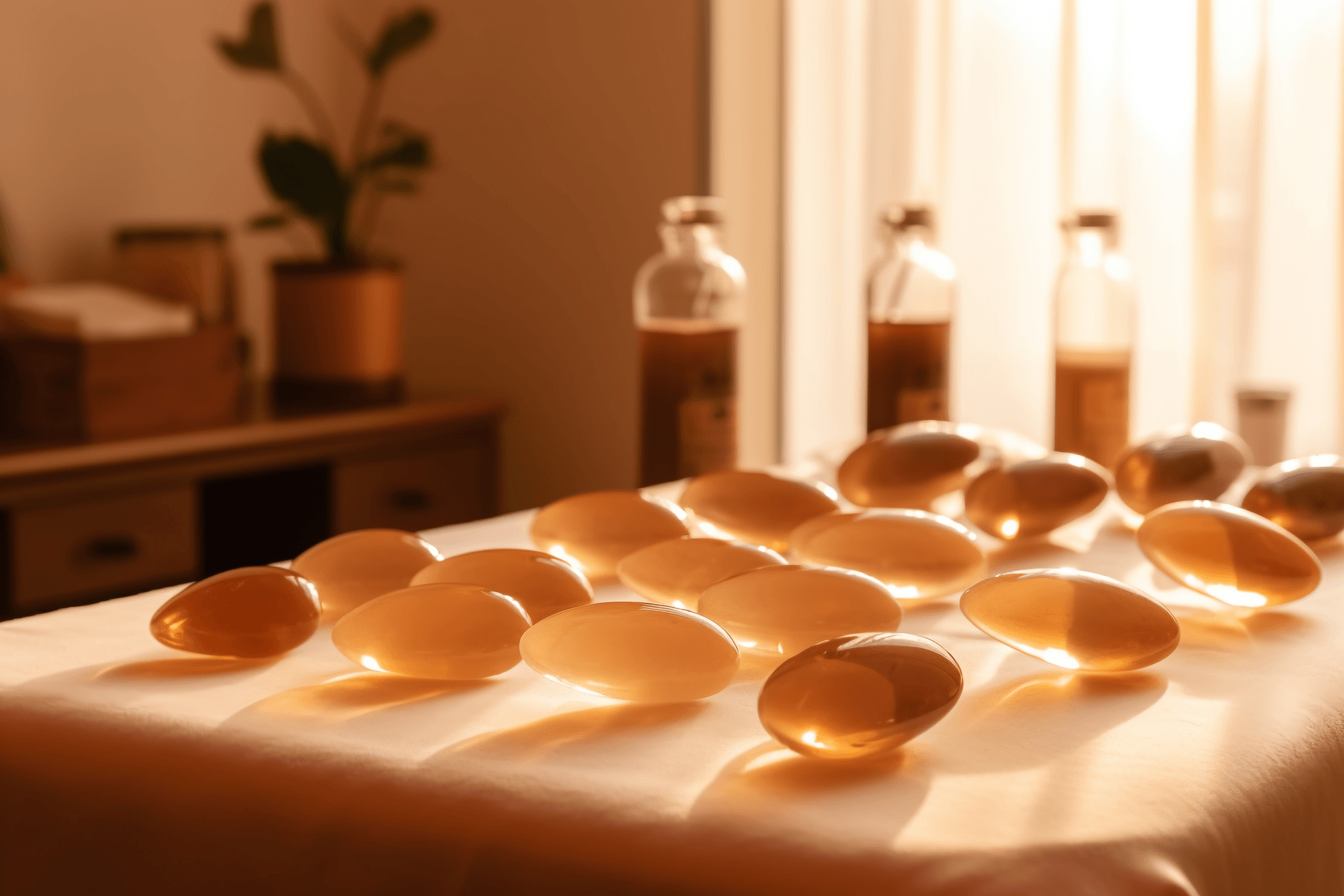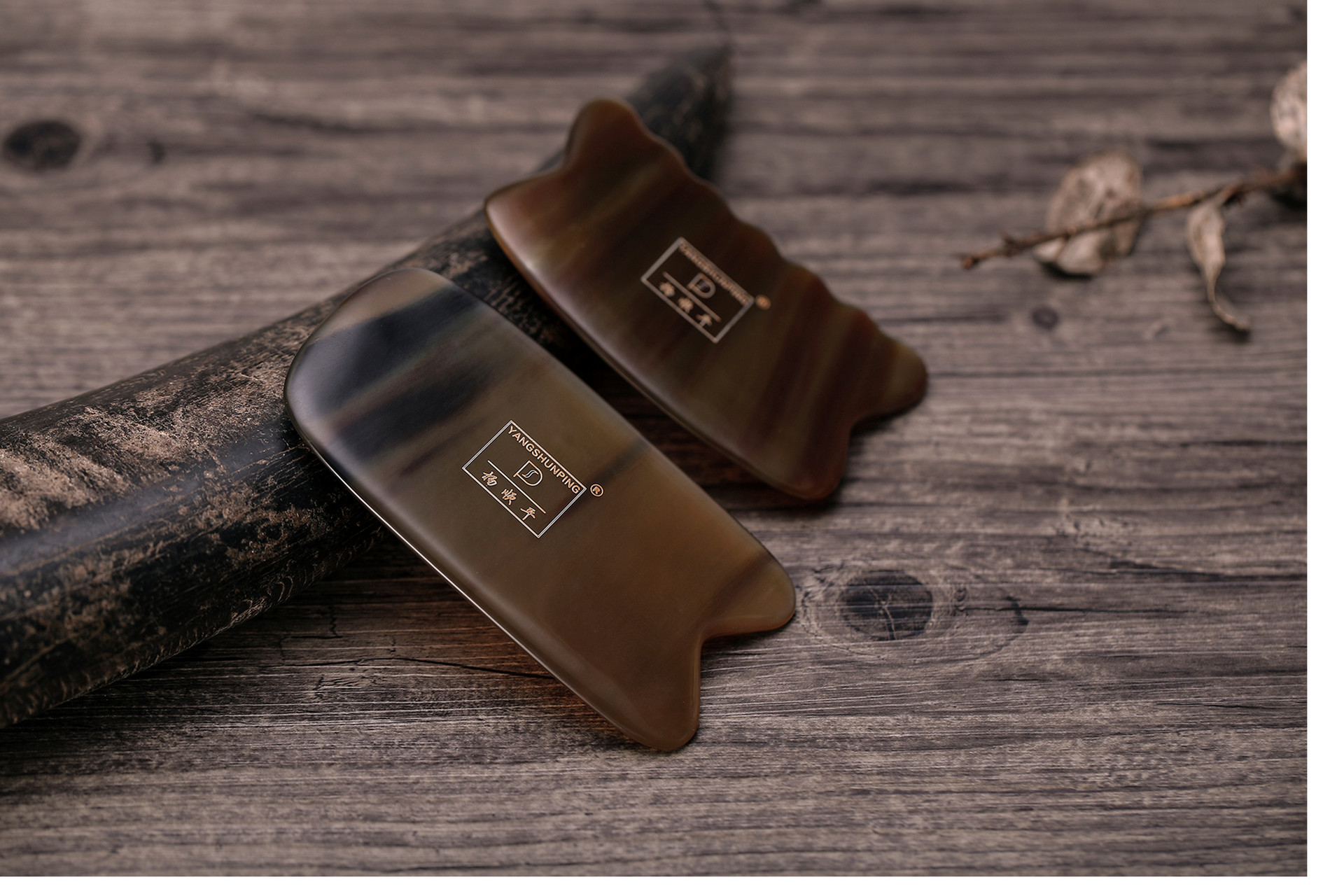Gua sha is a method of treating diseases by repeatedly scraping and rubbing a certain area of the patient's skin with a gua sha board dipped in gua sha oil. The cultural differences revealed by gua sha have made many people ponder. So, as a Chinese person, do you know what gua sha is?
Principle of Gua Sha
It is based on the twelve meridians and the eight extraordinary meridians of traditional Chinese medicine, following the principle of treating the symptoms in an acute condition. By using strong stimulation on the meridians, it can make the local skin become red and congested, thereby achieving the effects of awakening the spirit, detoxifying, clearing heat, promoting qi circulation, relieving pain, invigorating the spleen and stomach.
Areas for Gua Sha
There are many areas on the human body that can be treated with gua sha. Commonly used areas include the four sides of the seventh cervical vertebra, both sides of the laryngeal bone, the bends of both arms and legs, both sides of the spine, the spaces between the anterior and posterior chest ribs, the Achilles tendon behind the inner and outer ankle of both feet, the liver-spleen area under the left and right lower ribs, and the upper and lower scapular areas. The back is treated in a prone position, and the shoulders are treated in a sitting position. After scraping, there will be purplish-blue bleeding points.
Tools for Gua Sha
There are many tools for gua sha. In the past, people used smooth copper coins, copper spoon handles, porcelain spoons, etc. These tools were neither hygienic nor easy to disinfect. Now, special gua sha boards made from water buffalo horn are commonly used. They are rectangular in shape with blunt round edges and can be purchased at medical stores.
Indications for Gua Sha
Cold, fever, heatstroke, headache, gastrointestinal diseases, stiff neck, frozen shoulder, lumbar muscle strain, muscle spasms, rheumatoid arthritis, and other diseases.
Process of Gua Sha
First, clean the area to be treated, dip the edge of the gua sha board in gua sha oil or massage oil, and then perform gua sha on the designated area. Gua sha should be done in one direction, without going back and forth. The force should be even and appropriate, not too light or heavy. If there are indications for gua sha, scrape both arms and the bends of the legs more than ten times, and purplish-blue streaks will appear. Follow the above-mentioned areas for gua sha, generally scraping each area about 20 times. If the patient has a headache or sore throat, they should be in a sitting position; if they feel dizzy or have chest or abdominal pain, they should be in a supine position; if they have pain in the shoulders, back, waist, or coccyx, they should be in a prone position.
Generally, follow the gua sha areas mentioned above. If it is possible to complete gua sha in order, the patient will immediately feel relieved. They can rest for a few minutes, and then perform gua sha on the chest, back ribs, cervical vertebrae, or the upper and lower swollen areas of the shoulders, scraping each area more than ten times. After that, they can drink ginger tea or plain water, and the patient will feel exceptionally comfortable.
Precautions for Gua Sha
1. When receiving gua sha treatment, the indoor environment should be kept warm, especially in winter, to avoid cold and drafts. During gua sha in summer, avoid direct blowing of the fan on the gua sha area.
2. Avoid taking a cold shower within 30 minutes after gua sha.
3. Before the gua sha marks from the previous treatment have faded, it is not advisable to perform gua sha in the same area again. The interval between gua sha treatments should be 3-6 days, based on the disappearance of gua sha marks on the skin.
4. It is best to drink a glass of warm water (preferably warm diluted sugar and salt water) and rest for 15-20 minutes after gua sha treatment.


